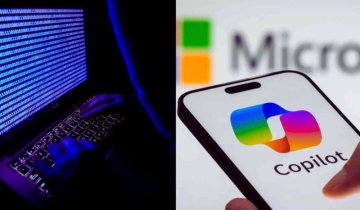Space exploration is experiencing a renaissance, driven by rapid advancements in technology and increased collaboration between nations and private enterprises. In 2025, key innovations are reshaping how we reach, explore, and utilize space. This guide highlights the most influential space exploration technologies of today and how they are paving the way for a future where humanity thrives beyond Earth.
Key Space Exploration Technologies
1. Reusable Rocket Technology
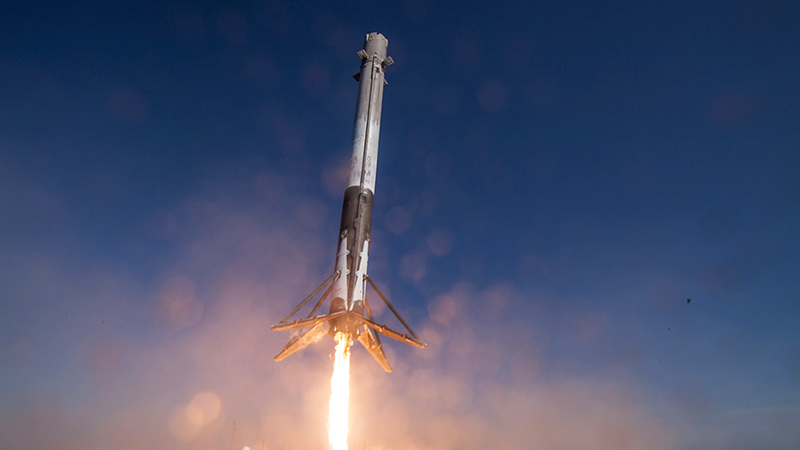
Reusable rockets have revolutionized space travel by dramatically reducing costs and enabling more frequent launches. SpaceX has been at the forefront of this innovation, engineering rockets that can return to Earth and be flown again. This not only makes space more accessible but also supports sustainable practices by minimizing space debris and reducing manufacturing demands.
2. In-Space Propellant Transfer
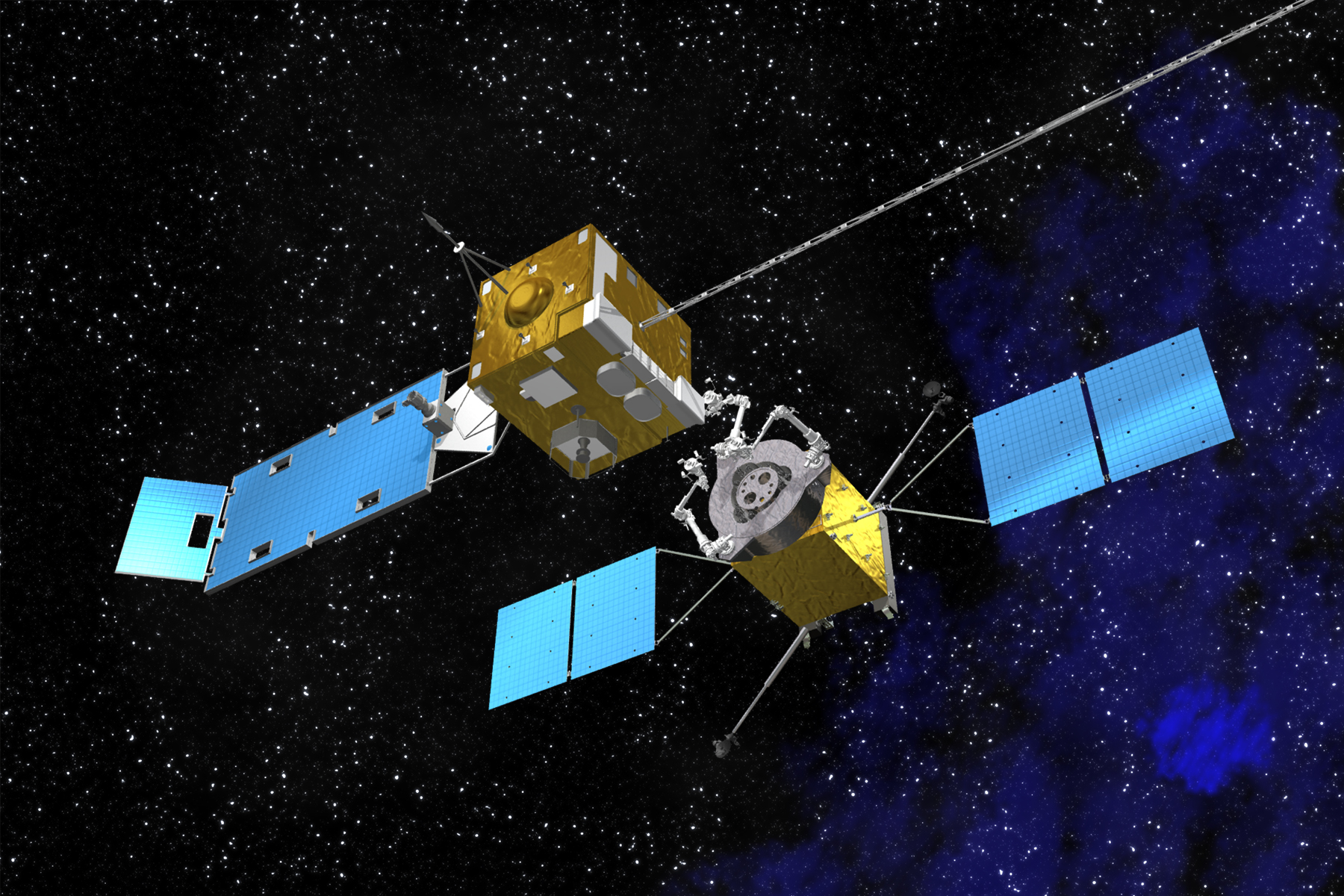
A critical technology for long-duration missions, in-space propellant transfer allows spacecraft to refuel in orbit. In 2025, SpaceX plans to demonstrate this capability by transferring fuel between two docked Starships. This breakthrough is essential for supporting lunar and Martian missions, as it enables spacecraft to reduce initial payload weight and extend their operational range.
3. Artificial Intelligence and Autonomous Systems

Artificial intelligence (AI) and autonomous systems are now integral to space exploration. AI algorithms optimize rocket trajectories, improve fuel efficiency, and enable autonomous docking with space stations. Autonomous systems allow spacecraft to make real-time decisions, adapt to changing conditions, and ensure mission success even when communication with Earth is delayed.
4. Advanced Propulsion Systems

Innovative propulsion technologies, such as hybrid engines combining solid and liquid fuels, are improving the efficiency and reliability of space travel. For example, Gilmour Space Technologies’ Eris Block 1 launch vehicle utilizes hybrid propulsion, which is crucial for deep-space exploration and long-term missions.
5. Satellite Mega-Constellations

The deployment of large satellite constellations is transforming global communications, Earth observation, and navigation. These networks provide high-speed internet, real-time weather monitoring, and support for military and civilian operations. They rely on advanced manufacturing and deployment techniques to ensure reliability and scalability.
6. Advanced Manufacturing and 3D Printing
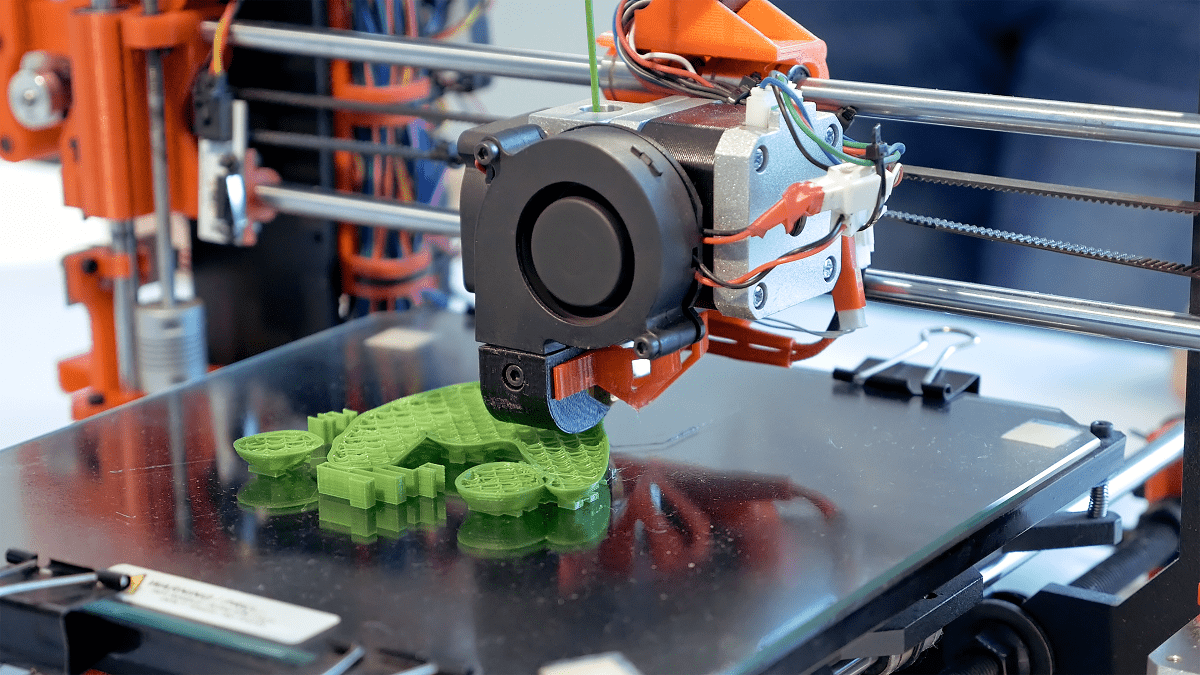
3D printing is revolutionizing the production of rocket components. NASA’s Space Launch System (SLS) features 3D-printed engine injectors, which reduce production time and costs while improving performance. This technology enables rapid prototyping and the creation of complex, lightweight parts for space vehicles.
7. Climate and Weather-Monitoring Technology
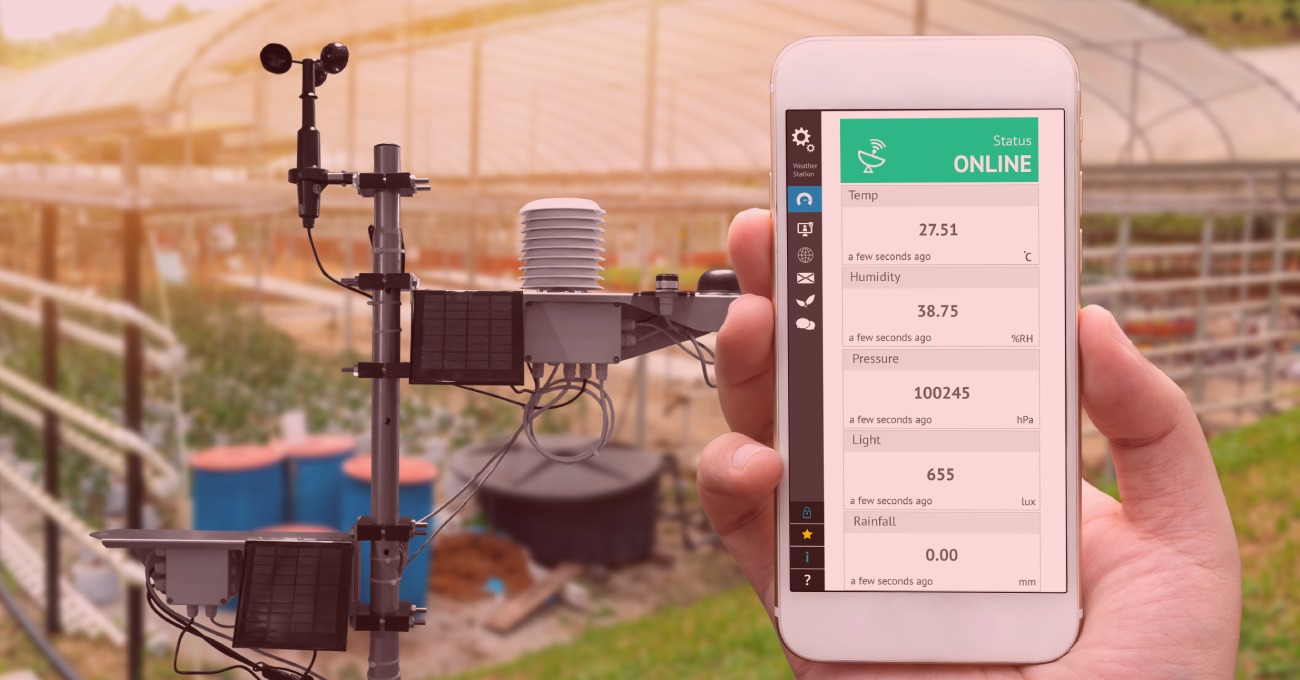
Space-based sensors and satellites deliver critical data for climate and weather monitoring. These technologies help predict natural disasters, track climate change, and support environmental research, making them vital for both scientific and global security purposes.
8. Human Lunar and Martian Exploration

NASA and other space agencies are focusing on returning humans to the Moon and preparing for crewed missions to Mars. These efforts are supported by new technologies in life support, habitat construction, and in-situ resource utilization, laying the groundwork for sustainable human presence beyond Earth.
Emerging Trends in Space Technology
-
Nuclear Space Propulsion and Power: Research into nuclear thermal and electric propulsion is underway, promising faster and more efficient travel to distant destinations.
-
Space-Based Quantum Communication: Quantum technologies are being explored for ultra-secure, high-speed communications in space.
-
Interoperability and Connectivity: Efforts to standardize communication and data protocols are enabling seamless collaboration between different space agencies and private companies.
The Future of Space Exploration
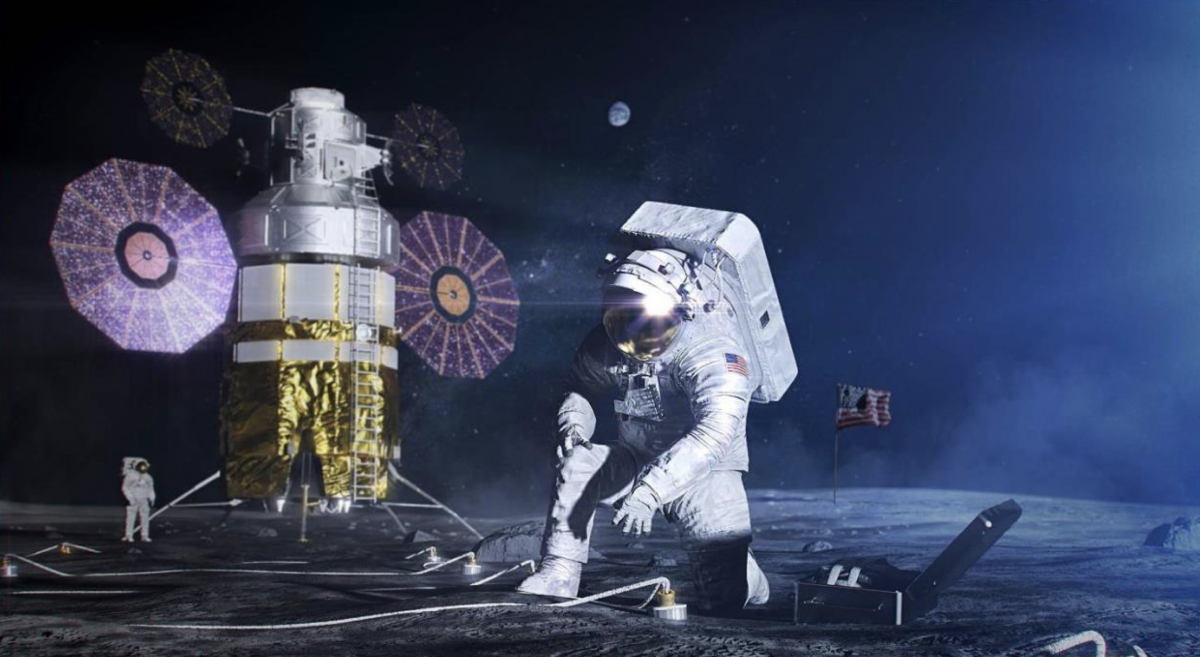
The space technologies of today are not only expanding our capabilities but also making space more sustainable and accessible. From reusable rockets and in-space refueling to AI-driven autonomous systems and advanced manufacturing, these innovations are setting the stage for a new era of exploration—one where humanity’s reach extends to the Moon, Mars, and beyond.
By embracing these technologies, we are unlocking the potential for long-term habitation, scientific discovery, and economic opportunities in space. The future of space exploration is brighter than ever, fueled by the ingenuity and collaboration of the global space community.
With inputs from agencies
Image Source: Multiple agencies
©️ Copyright 2025. All Rights Reserved. Powered by Vygr Media.















